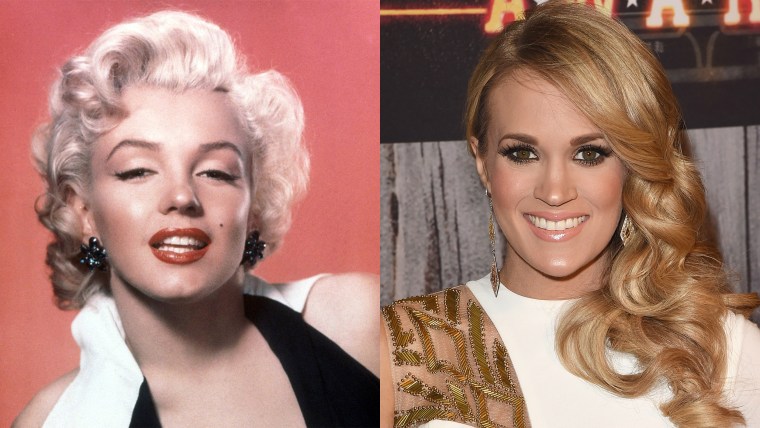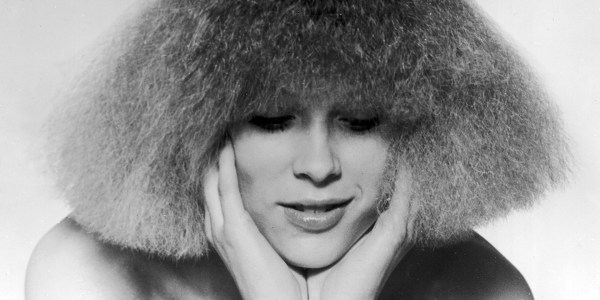As long as there have been women, there have been women admired for their curls. From Renaissance waves to royal portraits, curls have a long history as the stylish woman’s texture of choice. The only aspect that's change is the way that they’re worn.
Take a look back at how curls have changed over the past 100 years.
1910s

As the massively piled-high styles of the Gibson Girl gave way to the softer Edwardian era, twists and braids were incorporated into hair to give the appearance of curl. Think Downton Abbey and early film stars.
1920s
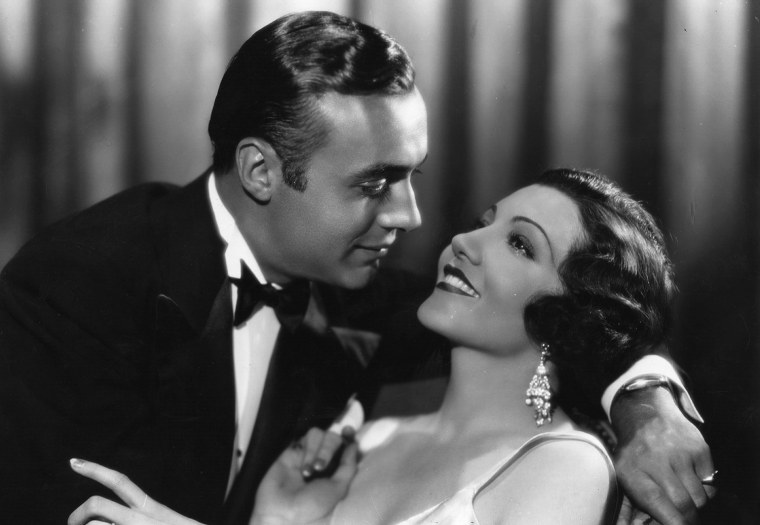
Hello, Gatsby! The hair of the 1920s needs no introduction at this point. The stereotypical bobs weren’t ubiquitous, however, as many curly girls set their hair into a particular kind of wave called a marcel. The style, which was both sleek and textured, still echos through pop culture today.
1930s
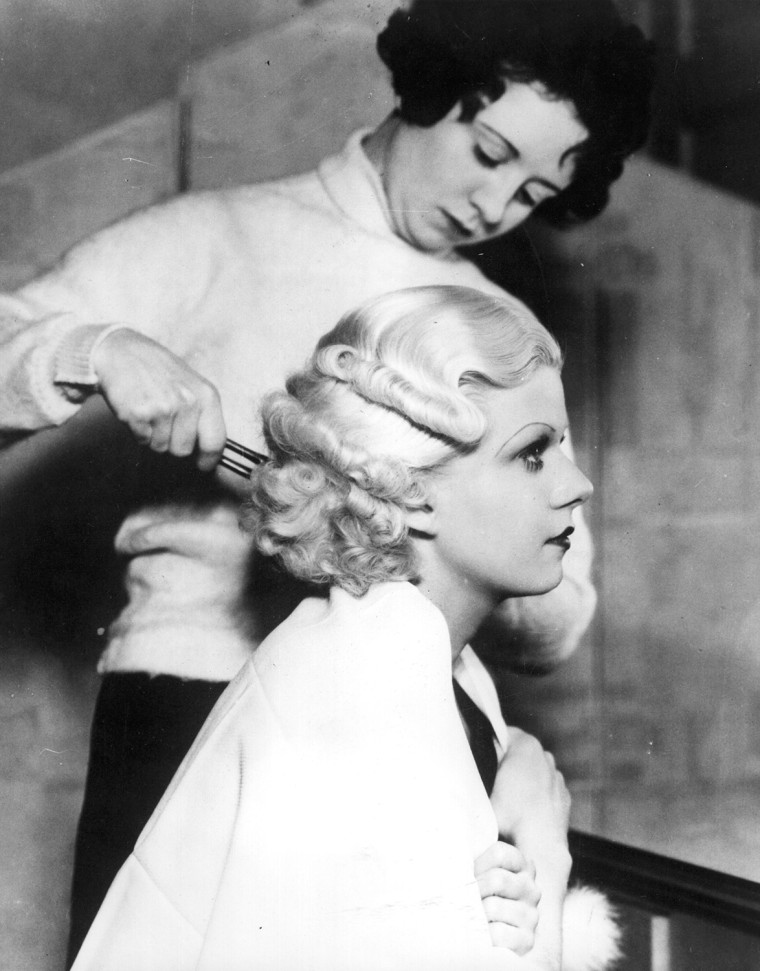
As America struggled its way through the Great Depression, the distractions of Hollywood became all the more important. The glamour level was set high and that included elegant, polished hairstyles that hinted at just a bit of sexiness with tight curls. Just look at the pageantry of Jean Harlow's famously platinum 'do!
1940s
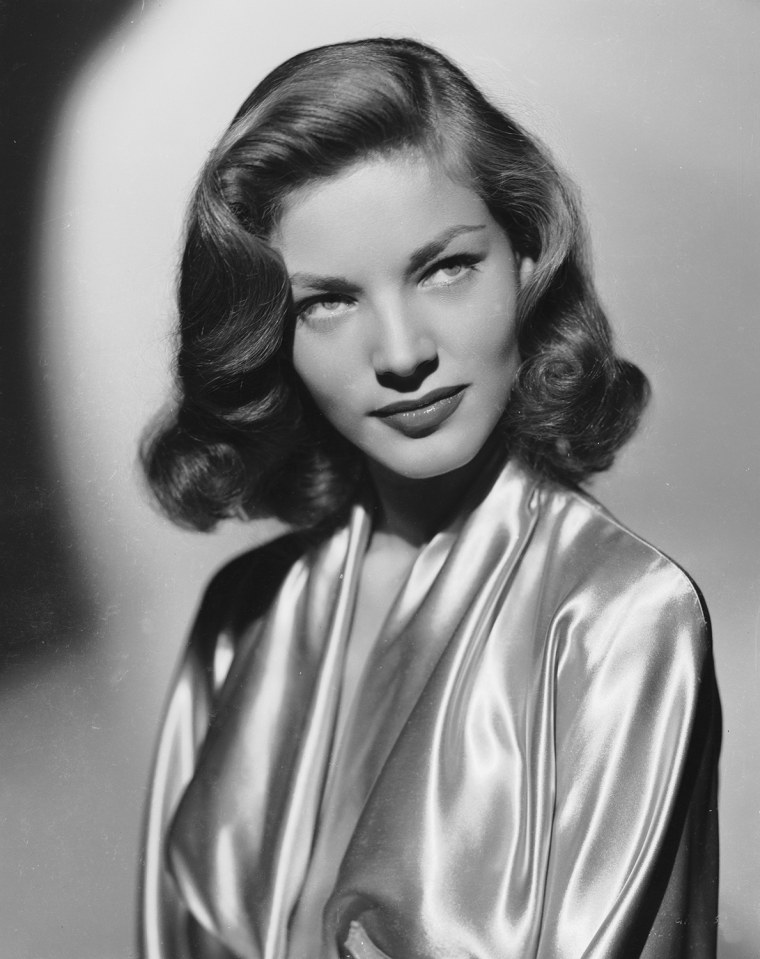
Though the wartime years called for practicality, American women didn't totally sacrifice their style. They used their hair to express themselves, even while they were on the job. The era’s bouncy banana curls, which swept hair off the face, were perfect for a working girl.
1950s
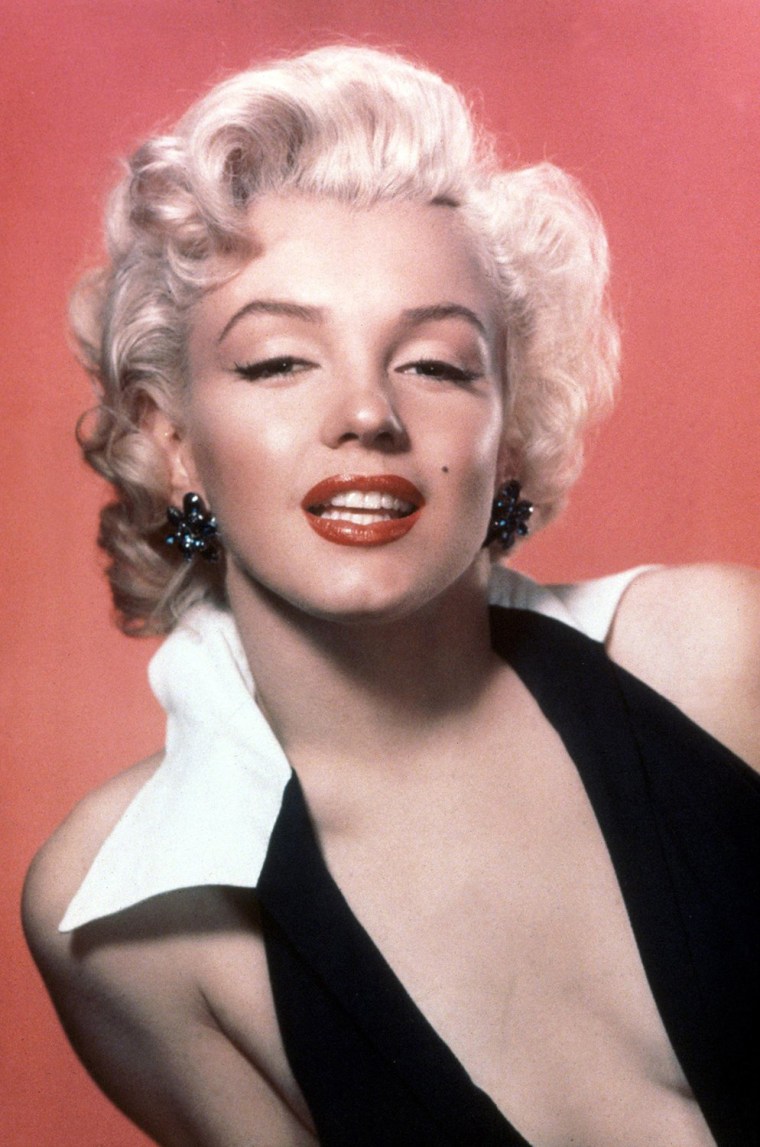
The pinup girls of the war seemed to come to life on screen as the Golden Age of film reached its most decadent days. There were curves everywhere, even on top of stars' heads! The decade that brought us both Suzy Homemaker and Playboy was certainly full of contradictions — which possibly speaks to the complex nature of the curly-haired woman herself.
1960s
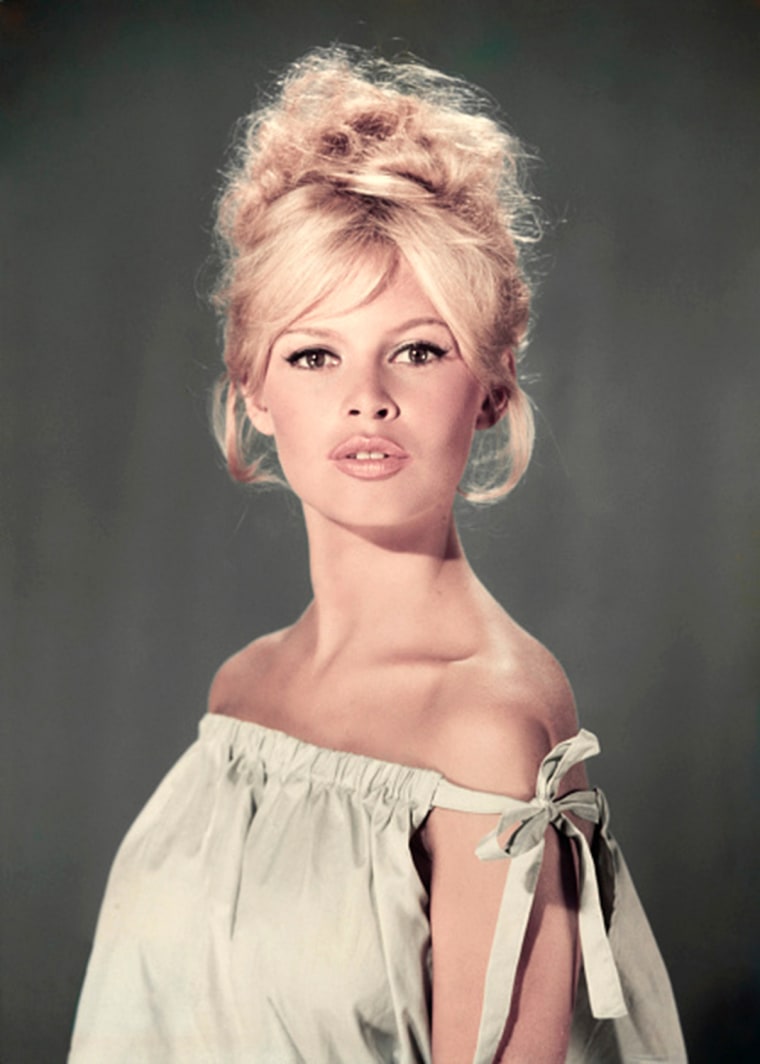
This was the decade that hair got political and curls were most certainly along for the ride. Although they were looser and less styled than ever before, styling (or lack thereof) said a lot about who a person was and and what they believed in — even if that meant simply marching to the beat of their own drum.
1970s
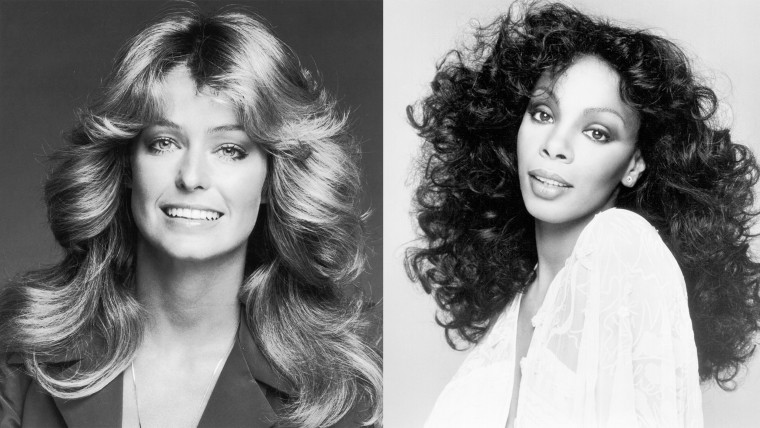
Doesn’t it seem like everyone just had a lot more hair in the '70s? Outspoken curly girls became the face of the natural hair movement; A debate that continues to this day. And as the natural styles faded into the disco era, curls moved back toward a more product-heavy, labor-intensive look.
1980s
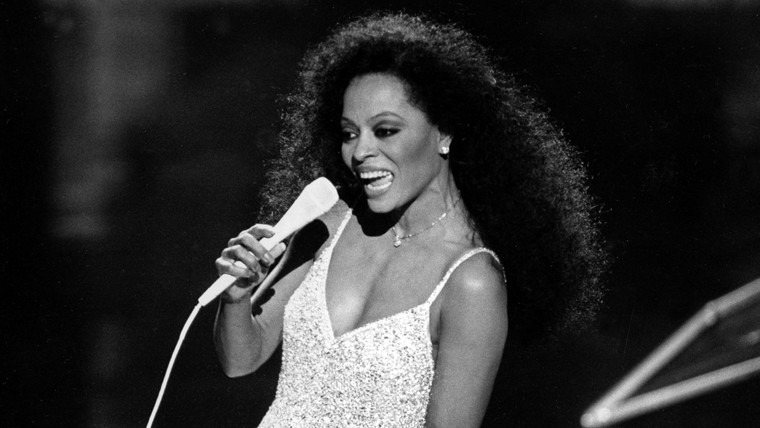
There’s no denying that the curls of the 1980s had serious weight — or shall we say, volume. Music icons became more influential than ever in the pantheon of pop culture. Onstage, it seemed that the bigger the curls, the better the sound.
1990s
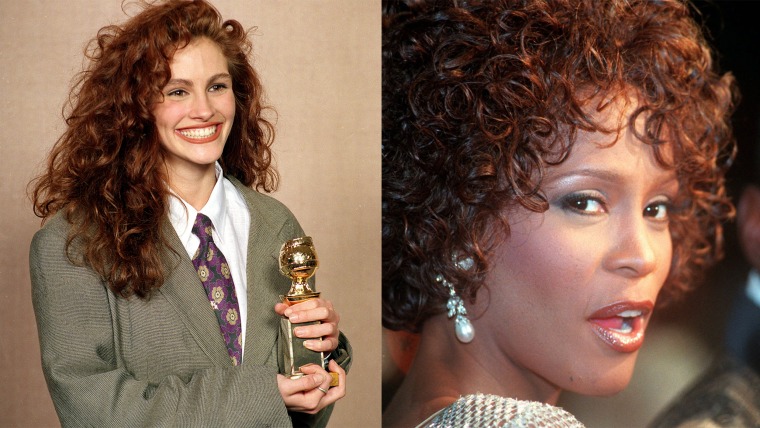
The minimalism of the '90s didn’t always leave room for a ton of texture, which gave the rare, curly-haired girl even more of an impact than usual. Can you even imagine Julia Roberts character in "Pretty Woman" without her luscious, auburn locks?
2000s
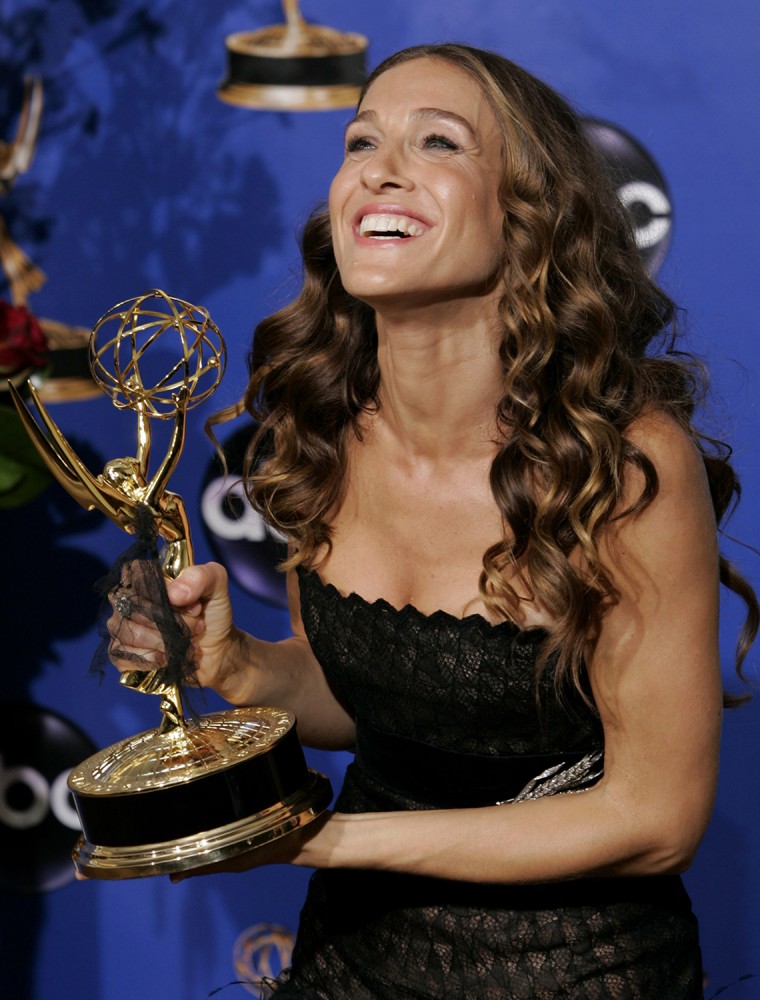
In the dark ages when we all collectively picked up our flatirons and didn’t put them down for about a decade, there were few icons who held the torch for a simpler time. A time when sexy meant touchable, soft curls and not freaking out about frizz. Lucky for us, some are still going strong today, like the infallible SJP.
Today
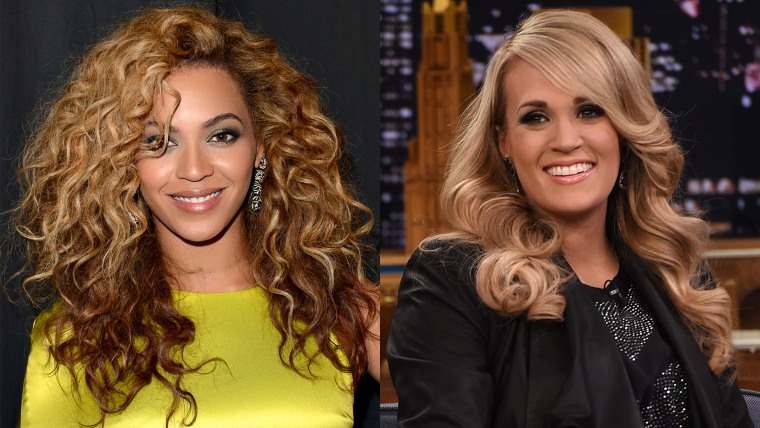
There’s more technology than ever to allow the curly-by-nature to play with their texture, and the curly-by-choice to join in the fun. In an age when social media lets the stars share their new looks instantly, we applaud these ladies who regularly choose to showcase some curl.
Take a look at more notable hairstyles from the past:
